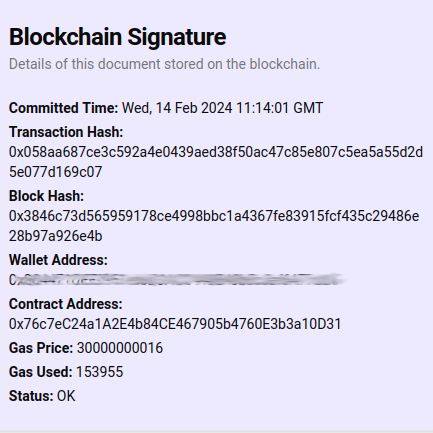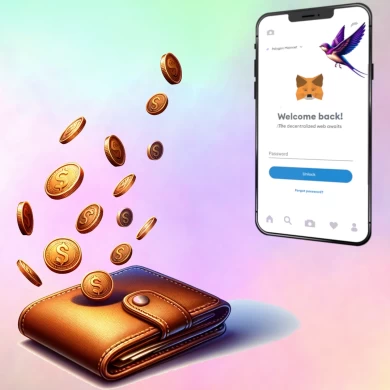A popular example of a digital wallet is Metamask. It is like the wallet or purse in which you to keep your money but it stores your digital currency. It is a bit more than just a wallet though, it is more like a safe; it's kept locked until you choose to open it.
When you set up a digital wallet, it will create a 256 bit private key and a corresponding secret phrase comprising of 12 words. You need to keep these very secure as they are literally the keys to everything that you have in your digital wallet. It is really important that you have your private key and secret phrase stored safely; think of them as the combination to a safe.
Not your keys, not your coins!
Some platforms offer to create a wallet for you and they keep hold of your keys and give you a login instead. This makes it really easy for you to get into your wallet and it is familiar so you will feel comfortable managing your money. However, you must remember the golden rule, "Not your keys, not your coins"; in other words the platform you are using has your currency not you. This type of wallet is called a custodial wallet; makes sense, they have custody of your coins.
Having a non-custodial wallet requires a bit more understanding but it does mean that any plaform that you are using does not have the keys to your coins. If they go out of business; you still have your wallet and your money.

So what would you put in your digital wallet? Typically you would keep your crypto currencies or NFTs in your wallet. These currencies can be any crypto coin, Bitcoin, Ethereum, Tether, Binance coin; even PayPal now has its own crypto currency. Just like regular money, you may have heard referred to as Fiat, you can use the crypto currency in your wallet to buy things that are sold using that currency.
The most exciting thing about a digital wallet is that you can use it to access all sorts of things in the metaverse. NFTs (Non Fungible Tokens) are well known these days most commonly as created by digital artists to provide limited edition versions of their art that is verifiable. They have proof of provenance whereas forgeries do not; this prevents copies being sold as the real item. NFts may be visual art or a recorded performance; in fact NFTs can be almost any sort of digital asset and the creation of an NFT can include all sorts of logic if required, for example royalties when the item is sold.
When you sign an agreement using StageSwift, you create your own NFT as proof of signing.
